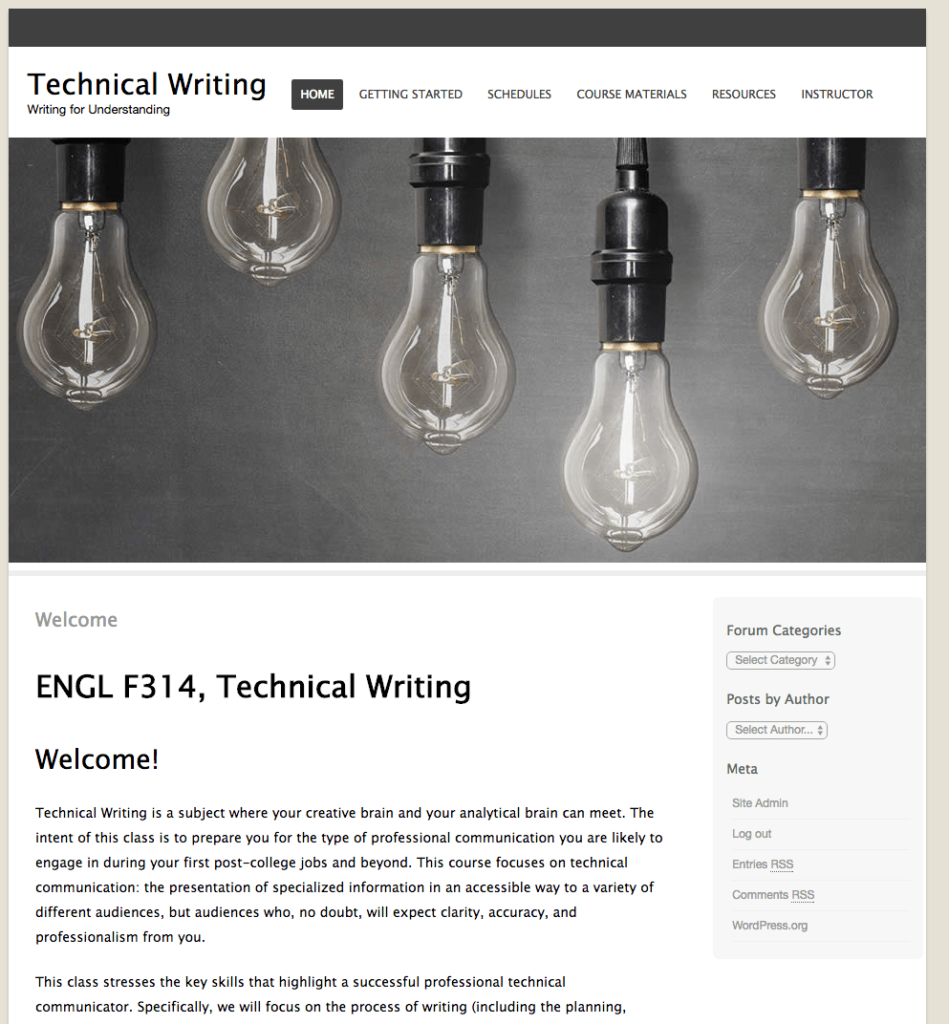Open Education
Open education is more than MOOCs.
What is It?
The essence of education is about freely sharing knowledge but often this idea comes from a privileged perspective where higher education content is only available behind a paywall for those who can afford it. Open education supports free and openly accessible course content that helps break down the barriers of traditional course modalities for learners. In a time where educational opportunities are a click away, lowering the barrier to the learning experience is key.
Through providing opportunities through open frameworks, open education can promote creativity, active learning, and facilitate greater student agency of their education experience. When courses are held in the open, they are often operating with higher expectations for both the instructors and students, which can help to foster excellence in both course materials and methods.
Open education can take place at any scale but one common and increasingly popular form of open education is the Massive Open Online Course, or MOOC. These courses have a free level of access, are open to the public and can host enrollments of the tens of thousands. Through AlaskaX, the UAF edX MOOC, we are sharing knowledge with the world through a growing list of open courses and programs.
How Can I Use Open Education?
UAF CTL strongly supports open education in a variety of forms, from complete open courses to sharing of open educational resources.
It is our belief that providing open access to the educational materials we create is both a positive moral act and a pragmatic method for attracting and recruiting students. When you share your course publicly, students can preview the syllabus and materials to decide if they wish to take the course.
Another benefit for students is publishing publicly. Utilize reusable assessments that engage students in real-world ideas and scenarios that they choose to create a product that they can share proudly. These publicly shared artifacts can be linked to in their resumes and may have a real impact on their personal future. Knowing this in advance, students often work harder and dive deeper into topics they care about.

In Practice
Here are some examples of open courses:
- https://photography.community.uaf.edu
Instructor: Charles Mason
Great use of instructor commentary/lectures - https://citsf221.community.uaf.edu/
Instructor: Christen Bouffard
Student work on display on class website - https://geohazards.community.uaf.edu/
Instructor: Jessica Larsen
Solid structure, video presentations, case studies - https://haveman-summer.community.uaf.edu
Instructor: Rob Prince
Interaction, role play, open course, badges - https://mus200.community.uaf.edu/
Instructor: Lisa Kljaich
Lots of media, students create and share from their own blogs
Considerations for Online Courses
Your choice of technologies have an impact on your ability to take advantage of open teaching and learning. Technology such as Canvas LMS, WordPress, or Google Sites can help provide the architecture to host open courses.
Canvas LMS provides a robust location for courses to be shared openly. Using either UAF Canvas or Canvas free for Teachers you can choose how open your content is. You also have the opportunity to set a Creative Commons license to ensure your content is properly attributed and utilized how you wish. Remember, open culture licenses are CC Attribution and CC Attribution Share Alike are both open culture licenses while Non-Commercial and No Derivatives are not. Learn more about CC licenses here.
CTL provides an open Community WordPress server which, by default, makes all class content and activity public. It can be used to host all course material, for blogging, discussion, for integrating multimedia. It cannot be used for grades or providing private feedback to students about their grades so you will still need to use an LMS like UAF Canvas for those functions.
Google Sites is also available for anyone at UA and provides the perfect location for students to create their first domain of their own. It is easy to use and available for posting open course materials. Create a new Google Site by opening Google Drive and choosing ‘NEW’ and then under ‘more’ -> ‘Google Site’.
Of course there are thousands of other free services available for sharing course material and/or having open discussions and other engagements, such as WordPress.com, Blogger, and WikiSpaces.
Not every student will feel comfortable sharing work in the open so it is best to have a conversation about why you chose open at the start of class. It is also necessary to allow students to use an alias instead of their name to be FERPA compliant. This primarily is only an issue for their work posted on their own website or on a WordPress course site. When you offer open Canvas courses, all student work is hidden by default.
Research Foundations
Carson, S., Kanchanaraksa, S., Gooding, I., Mulder, F., & Schuwer, R. (2012). Impact of OpenCourseWare publication on higher education participation and student recruitment. The International Review Of Research In Open And Distributed Learning, 13(4), 19-32.
Dalsgaard, C., & Thestrup, K. (2015). Dimensions of openness: Beyond the course as an open format in online education. The International Review of Research in Open and Distributed Learning, 16(6).
Hilton, John III., Bliss, T., J., Robinson, T.J., & Wiley, D.A. (2013). An OER COUP: College Teacher and Student Perceptions of Open Educational Resources. All Faculty Publications. 1355.
Where Good Ideas Come From
This video is a summary of the ideas of Steven Johnson’s Where Good Ideas Come From. Open education is founded on the idea that a culture of openness leads to better ideas. Although not considered a traditional pedagogical source, the concepts of collaboration and connection are well illuminated in this short, animated lecture.
- Open Education Practice and Open Education Resources
- CTL: An Open Education Abecedarium
- CTL: Pointers for teaching an open course
- CTL: Personal Learning Environments (using open educational resources can help students expand their PLEs)
- OER Commons – resources and lesson/module builder
